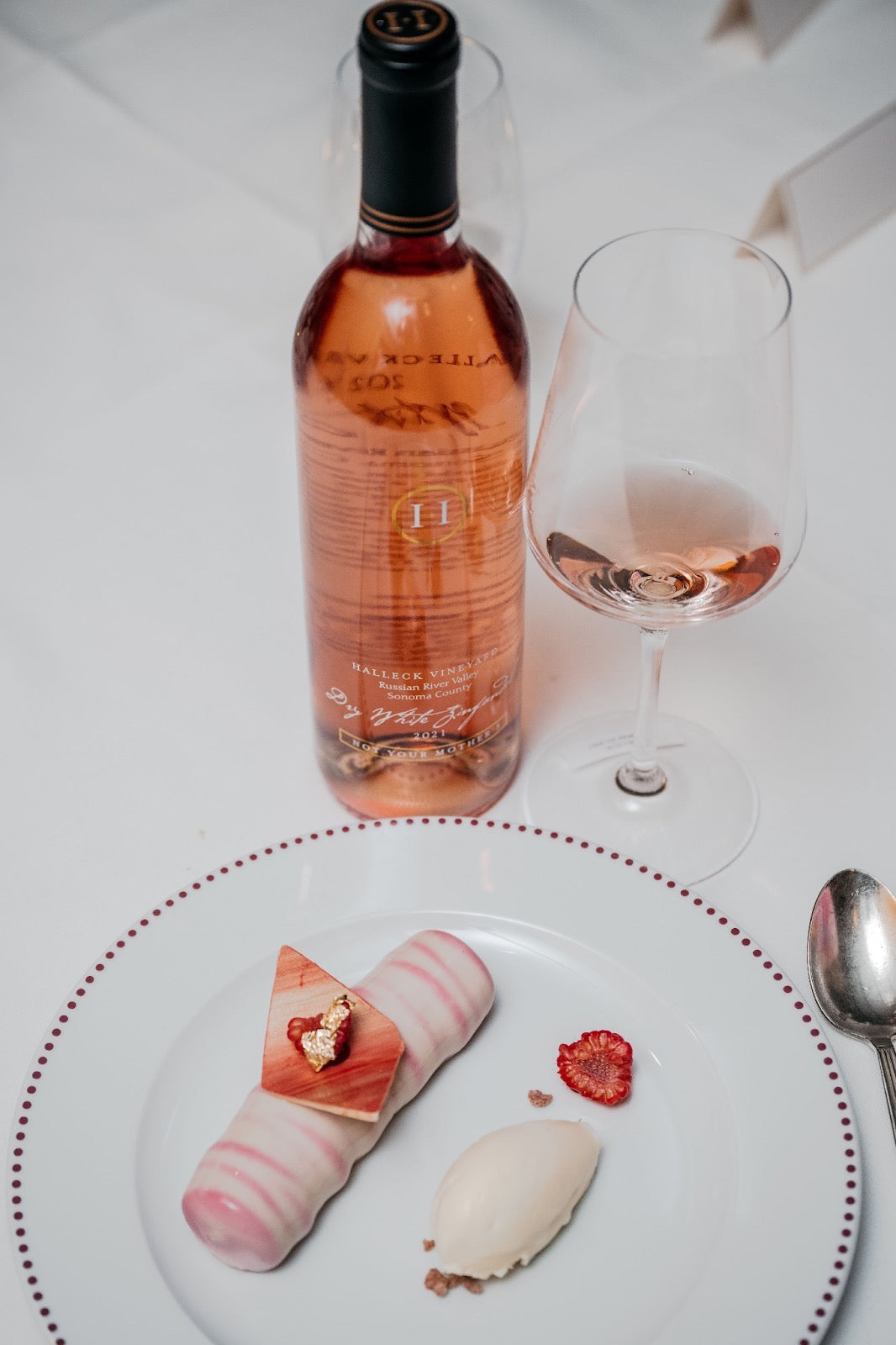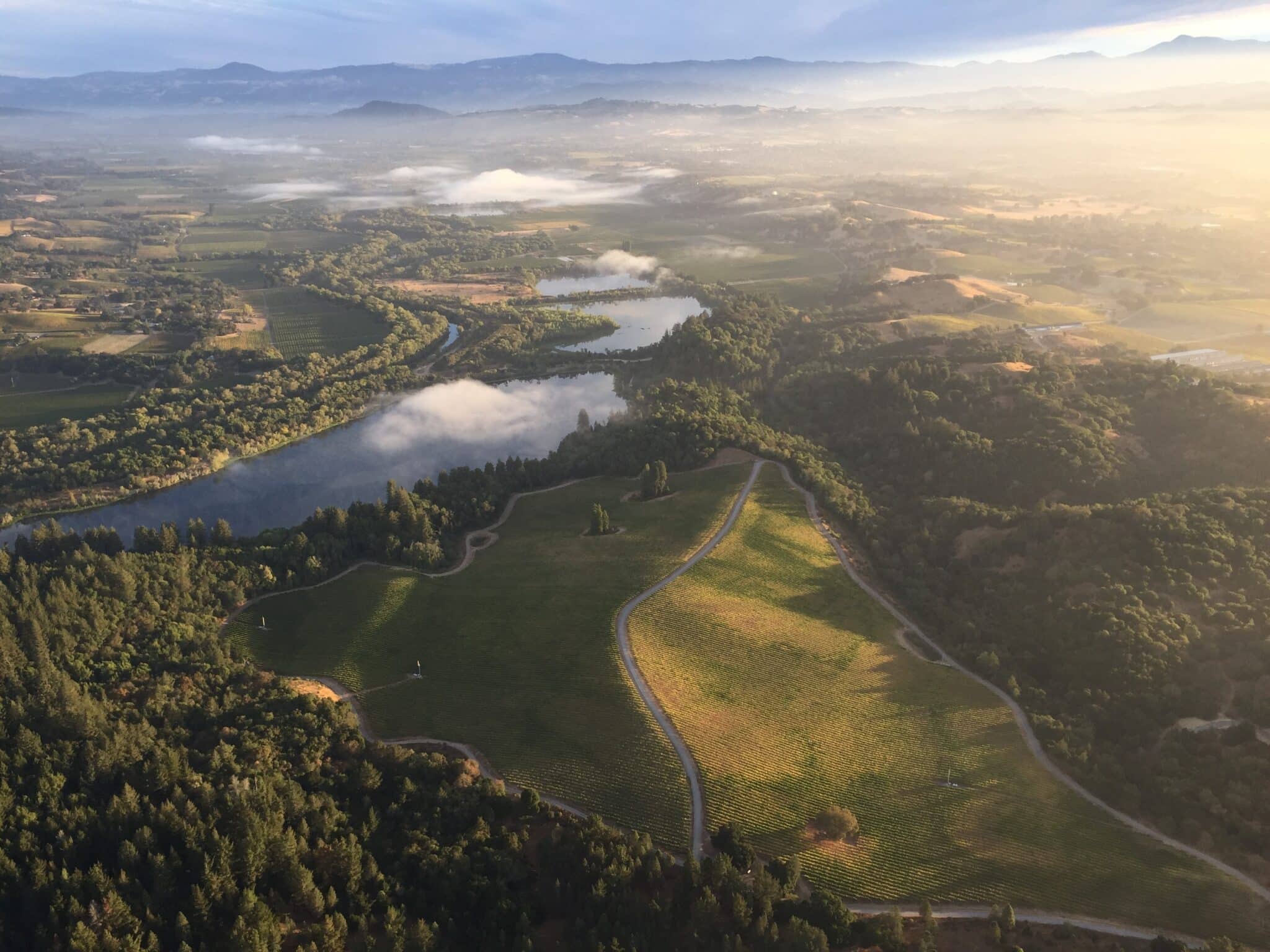Wineries Offering Educational Wine Seminars - Celebrated Wineries Around Sebastopol
Wineries Offering Educational Wine Seminars - Celebrated Wineries Around Sebastopol
Blog Article
Eco-Friendly Wineries In Sonoma County - Wineries To Explore In Sonoma Valley
Wine tasting is an art that combines sensory experience with an appreciation for the nuances of different varietals. How to judge flavors in winery wine tasting classes is pivotal to greedy the complexities of wine.
Participating in a wine tasting entails more than simply sipping and savoring. It requires a centered strategy to establish aromas and flavors that every wine presents. As you begin, observe the wine's appearance, noting its shade and readability. These visible cues typically recommend a wine’s age, grape selection, and even potential flavor profiles.
The next step in the tasting process is to swirl the wine in your glass. This motion releases fragrant compounds which might be very important for analysis. Lean in and take a second to inhale deeply; the aromas can range from floral and fruity to spicy and earthy. The nostril of the wine is simply as necessary as the palate, and recognizing scents performs a big position in understanding the overall experience.
When taking your first sip, permit the wine to maneuver across your palate - Historical Wineries To Visit In Sonoma. Notice the initial flavors that current themselves. Is the wine fruity, floral, or maybe herbaceous? This preliminary taste gives perception into what the wine is more probably to categorical as you continue to evaluate it. The mouthfeel additionally contributes to the overall flavor experience; it might be silky, tannic, or even effervescent.
Wineries Producing Pinot Noir And Chardonnay - Best Wineries For Wine Tasting Sonoma Area
As you continue tasting, pay attention to the wine’s balance. A well-balanced wine will harmonize acidity, sweetness, and tannins. If one part overwhelms the others, it would point out a less fascinating quality. Evaluating steadiness might help you establish how properly the wine may pair with food.
Transitioning to the finish, contemplate how the flavors evolve because the wine lingers in your palate. A lengthy, pleasant end can indicate a high-quality wine, while a short or abrupt end may counsel otherwise. Replicate on whether or not the flavors stay constant or if new notes emerge as the wine settles. This progression can reveal complexities and intricacies that might not have been obvious within the initial tasting.
Temperature can be a vital consider evaluating wine flavors. Different types of wine are optimally loved at specific temperatures. White wines often shine when chilled, whereas pink wines usually perform greatest at room temperature. When tasting, make positive the wine is at the applicable temperature to totally respect its character.
Spectacular Vineyard Views In Sonoma - Sonoma's Best Vineyards
Pairing food with wine can tremendously improve the tasting experience. Meals can influence the perception of flavors in wine, either highlighting sure traits or diminishing them. When evaluating flavors, think about how the wine interacts with totally different meals, noticing which flavors are amplified or muted (Wine Tasting Trails In Sonoma Valley).
Contemplate the influence of terroir as you engage in a winery tasting. Terroir encompasses the distinctive environmental factors that have an result on grape growing, together with soil composition, climate, and geography. Understanding a wine's terroir can present perception into its flavors and aromas, fostering a deeper appreciation for the choices made throughout its cultivation and production.
Training plays a basic position in enhancing one's capacity to gauge wine flavors. Learning about grape varieties, wine regions, and manufacturing methods can pave the way in which for more knowledgeable judgments during tastings. Additionally, attending workshops or classes can refine sensory skills and expand your flavor vocabulary, enabling you to articulate tasting notes more successfully.

Finally, it is essential to keep in mind that evaluating wine flavors is a highly personal experience. Particular Person preferences and perceptions will invariably shape one’s tasting journey. Enjoyment ought to be at the forefront, with the analysis process acting as a software to enhance understanding and appreciation rather than create rigid guidelines.
Exclusive Wine Clubs In Sonoma - Vineyard Visits And Wine Tasting In Sonoma
In conclusion, mastering tips on how to consider flavors in winery wine tasting classes involves a mixture of sensory engagement, information, and practice. By studying to establish aromas, assess the balance, and respect the intricacies of flavor, wine enthusiasts can deepen their connection to every bottle they encounter. As with any art form, the more one immerses themselves within the experience, the extra they may discover and enjoy the vast world of wine.
- Begin by observing the wine's shade and readability, as these visible components can trace at its flavor profile and aging potential.
- Swirl the wine gently in your glass; this releases aromatic compounds, allowing you to raised determine the complicated scents related to the wine.
- Take a deep inhale earlier than tasting, specializing in each major and secondary aromas to gather insights on fruits, spices, and other nuances.
- When tasting, allow the wine to coat your palate; note the preliminary flavors, the mid-palate complexity, and the end as these phases can present completely different flavor highlights.
- Pay attention to texture and mouthfeel, as aspects such as tannin ranges, acidity, and sweetness contribute significantly to the general tasting experience.
- Examine flavors towards normal wine traits; for purple wines, think about berry notes, oak influence, and herbal tones, while whites may embody citrus, stone fruits, and floral hints.
- Take notes during the tasting session to track your impressions, serving to you to recollect and consider the totally different wines sampled.
- Talk About your findings with fellow tasters or winery employees, as sharing insights can enhance understanding and appreciation of individual flavors.
- Allow time for the wine to breathe; generally, flavors evolve and reveal new dimensions after being uncovered to air.
- Experiment with food pairings through the tasting as they will dramatically alter how flavors are perceived, influencing general enjoyment.undefinedWhat should I look for when evaluating the aroma of wine throughout a tasting?
Begin by swirling the wine in your glass to release its aromas. Bring the glass to your nostril and take a deep breath. Pay attention to the first scents you detect, as these are often probably the most outstanding. Look for fruit, floral, herbal, or earthy notes and try read the full info here to identify particular traits, which can deepen your understanding of the wine's complexity.
Affordable Wine Tastings In Sonoma County - Unforgettable Wine Tastings In Sonoma

How can I distinguish between completely different flavor profiles in wine?
Perceive that flavor profiles are sometimes categorized as fruit, floral, herbaceous, spicy, or mineral. Take small sips and allow the wine to coat your palate. Discover the primary flavors that emerge first and the subtle notes that follow. This layering is crucial in distinguishing the wine's traits and will allow you to recognize its distinctive profile.
Wineries Near Sonoma Square - Celebrated Wineries Around Sebastopol
What is the importance of the wine's texture in a tasting?
The texture of the wine, also identified as mouthfeel, plays a vital role in how we understand flavors. Pay consideration as to if the wine feels easy, creamy, or gritty. The body of the wine (light, medium, or full) can improve or distinction with flavors, providing a extra rounded experience throughout tasting.
How do I assess the stability of flavors in wine?
Steadiness in wine refers again to the concord between acidity, sweetness, tannin, and alcohol. Take a moment to evaluate whether or not these elements complement or intrude with each other. A well-balanced wine will have none of its elements overpowering the others, creating a nice tasting experience.
Wineries Near Santa Rosa - Wine Tasting Experiences In Sebastopol
What role does temperature play in evaluating wine flavors?
Temperature can considerably impact the notion of flavors. Generally, pink wines are best served barely below room temperature, while white wines benefit from being chilled. As the temperature modifications, the aromas and flavors can shift, permitting you to perceive completely different characteristics. It’s important to taste wine at its optimal temperature for true analysis.
Quaint Wineries In Picturesque Settings In Sebastopol - Celebrated Wineries Around Sebastopol
How can I improve my tasting skills over time?
Practice is vital to bettering your tasting skills. Cultural Wine Experiences In Sonoma County. Attend tastings, hold a journal of your experiences, and explore several sorts of wines to broaden your palate. Moreover, studying about wine production and grape varieties can present context that enhances your analysis process, making look at here now you a more knowledgeable taster.
Is there a specific order by which I ought to taste the wines?
Wine Tasting Trails In Sonoma Valley - Craft Wineries In Sonoma
Yes, it’s advisable to taste wines from light to full-bodied and dry to candy. This development prevents the stronger flavors from overshadowing the more delicate ones, allowing you to totally appreciate each wine's traits and nuances with out palate fatigue.
How can I evaluate the aftertaste of wine?
Quaint Wineries In Picturesque Settings In Sebastopol - Sonoma County Wine Tasting Locations
The aftertaste, or end, is a vital facet of the wine-tasting experience. After swallowing, take note of how long the flavors linger on your palate and whether they change. A long, nice end is commonly an indicator of a high-quality wine, whereas a short or unpleasant finish may counsel in any other case.
Why is it necessary to notice the wine’s acidity during tasting?
Acidity contributes to the overall freshness and structure of the wine. Pay consideration to the tingling sensation in your tongue; greater acidity can enhance the wine's liveliness and balance out sweetness. Noting acidity helps determine the wine's versatility with food and its getting older potential.
What ought to I do if I wrestle to identify specific flavors in wine?
Wineries With Unique Varietals - Tasting Rooms In Sebastopol
Struggling to identify flavors is common, especially for beginners. Focus on broader classes and describe what you'll be able to acknowledge, such as sweet or earthy notes. With practice, studying about different flavor profiles, and maybe using flavor wheels, you may refine your senses and develop a more nuanced method to tasting. Report this page